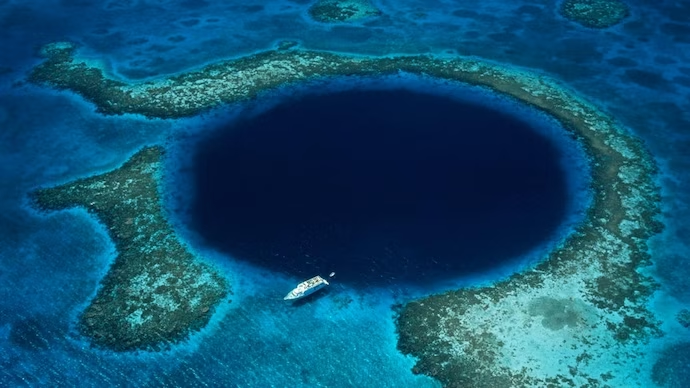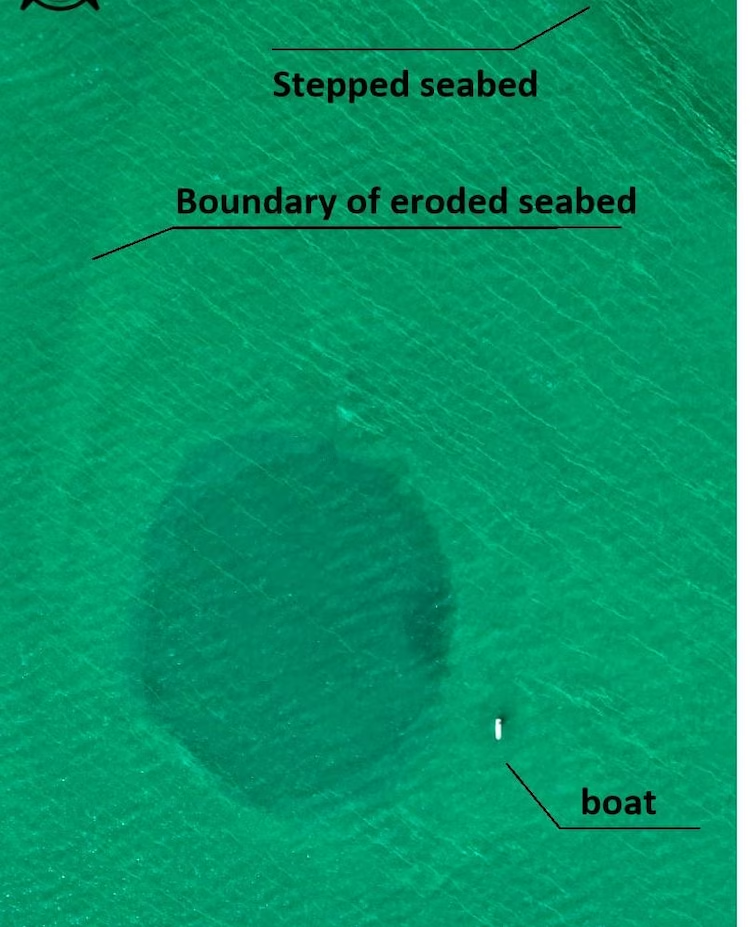Free Courses Sale ends Soon, Get It Now


Free Courses Sale ends Soon, Get It Now



Copyright infringement not intended
Picture Courtesy: https://www.indiatoday.in/science/story/mysterious-900-foot-deep-blue-hole-discovered-in-mexico-2364463-2023-04-25
Context: The discovery of the massive sinkhole off the coast of the Yucatan Peninsula in Mexico, known as Taam Ja’ or "deep water" in Mayan, has captured the interest of scientists due to its mysterious origin and unique environment.
Location and Size

Geomorphology
Scientific Exploration
Environmental Significance
Physicochemical Variations
Comparison to Other Blue Holes
About Blue holes
Characteristics
Diversity and Life
Exploration and Expeditions
Preservation and Research
|
Anoxic conditions refer to environments where oxygen levels are extremely low or absent. In the context of blue holes, which are deep underwater sinkholes or caverns, anoxic conditions can occur due to limited water circulation and the decomposition of organic matter without sufficient oxygen supply. |
Conclusion
Source:
|
PRACTICE QUESTION Q. What is the primary reason why the water in a Blue Hole appears blue? A) An abundance of blue algae living in the water. B) Reflection of the blue sky. C) The depth of the water scatters red light wavelengths. D) The presence of unique minerals that tint the water. Answer: C |
© 2024 iasgyan. All right reserved